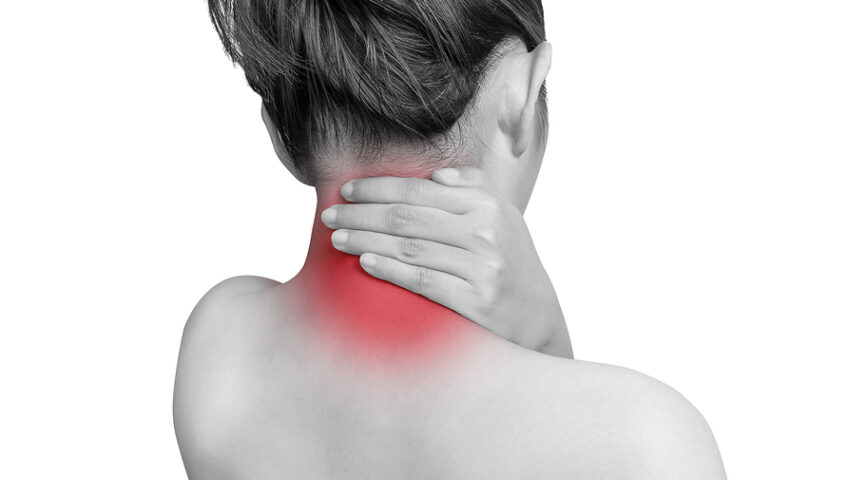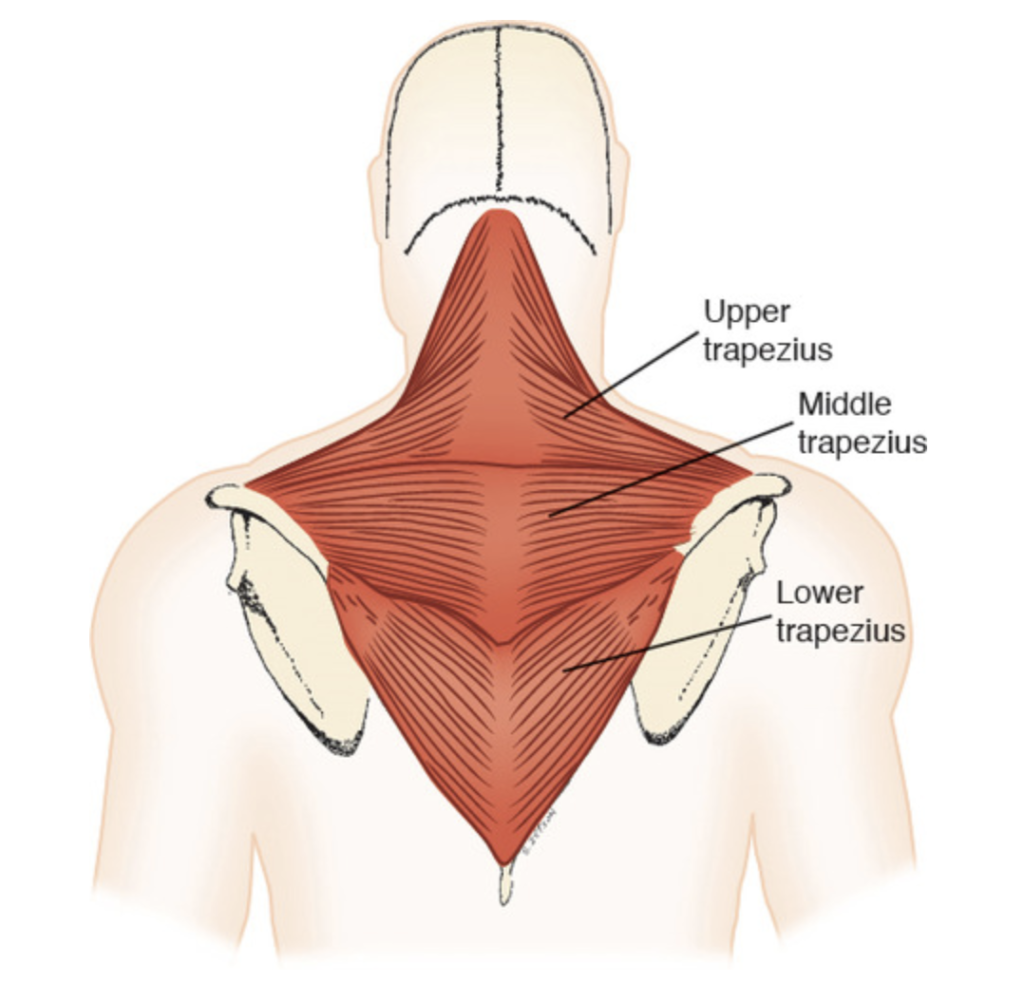
Get Rid Of Neck Stiffness!
If you have sought treatment for neck pain or stiffness, your upper trapezius muscle has probably been massaged, released, or needled. You were also likely told that the upper trapezius muscle is very tight, overactive, or “knotted”.
Unfortunately, this muscle has been misunderstood for a very long time. Many people blame upper trapezius tightness as the cause of neck pain and try to massage, stretch or reduce the muscle activation session after session. They may also look for exercises that favour the middle or lower trapezius while reducing the upper trapezius activation.
However, we’ve been looking at it from a wrong angle! Instead of trying to release or reduce the muscle activation, we should strengthen it. Often, our upper trapezius muscle feels tight because they are not strong enough to handle the day-to-day load that is placed on it.
Over-Activated Or Incapability?
While there are circumstances where the upper trapezius may be overactive, it is usually related to specific pathologies (E.g. Frozen shoulder) that restrict the range of motion of the shoulder. The upper trapezius elevates the shoulder blade much more to compensate for the loss of movement. Other instances include long thoracic nerve injury or massive rotator cuff tears where the upper trapezius will work harder to compensate for the loss of strength in the affected muscles.
In the absence of these conditions, it is highly likely that the upper trapezius is in fact lacking the capacity to manage the daily load rather than being overactive.
Understanding The Structure And Function Of The Trapezius Muscle
First, let’s take a closer look at the anatomy and function of the trapezius so that we can have a better understanding on how to train it effectively.
The upper trapezius is large superficial back muscle that resembles a trapezoid. It runs from the base of skull and all the spinous process of the neck vertebra to the distal end of your clavicle, acromion and the spine of shoulder blade. In simpler terms, it’s a muscle that covers the upper back of the shoulders and neck.
Its main function is to elevate and rotate the shoulder blade upward. As the distal fibers of upper trapezius are more horizontally orientated, its contribution to upward rotation of the shoulder blade starts mainly after the arm is lifted at around 30 degrees.
Due to its anatomy, your standard shoulder shrug exercise is not the most effective in producing the results you may desire. Its attachment means that it plays an important role in load transfer from shoulder to trunk, acting to reduce the compression through the neck. When adequately strengthened, the structures provide enough stability and resilience to cope with additional load.
What Can You Do About Neck Stiffness?
If you have a long standing neck or shoulder issues, it is worth considering upper trapezius strengthening exercises. Watch this video showcasing an example of a simple and basic strengthening exercise – the frontal shrug, a great way to recruit the trapezius muscles.
Steps:
- Place your arms by your side with your fist facing outward
- Shrug your shoulders with your arms lifted to around 30 degrees on the side.
- To progress the exercise and add a challenge, simply hold a weight or use a resistance band to increase the load on your upper trapezius muscles.
If at home exercises aren’t doing the trick for you, your next best shot is seeking professional medical help. Have a chat to your physio about getting started on a strengthening programme specifically for you!
Written By: Anson Wong, B.Sc. (Hons) Physiotherapy (MY)
Anson has 9 years of experience in physiotherapy, and specialises in musculoskeletal and sports injury rehabilitation. His main areas of focus include the shoulders, knees, and ankles. He is certified in dry-needling and is also a Certified Mulligan Practitioner.
References:
1. Castelein B, Cools A, Parlevliet T, Cagnie B. Modifying the shoulder joint position during shrugging and retraction exercises alters the activation of the medial scapular muscles. Man Ther. 2016 Feb;21:250-5. doi: 10.1016/j.math.2015.09.005. Epub 2015 Sep 16. PMID: 26409441.
2. Johnson G, Bogduk N, Nowitzke A, House D. Anatomy and actions of the trapezius muscle. Clin Biomech (Bristol, Avon). 1994 Jan;9(1):44-50. doi: 10.1016/0268-0033(94)90057-4. PMID: 23916077.
3. Lee JH, Cynn HS, Choi WJ, Jeong HJ, Yoon TL. Various shrug exercises can change scapular kinematics and scapular rotator muscle activities in subjects with scapular downward rotation syndrome. Hum Mov Sci. 2016 Feb;45:119-29. doi: 10.1016/j.humov.2015.11.016. Epub 2015 Nov 25. PMID: 26625348.
4. Pizzari T, Wickham J, Balster S, Ganderton C, Watson L. Modifying a shrug exercise can facilitate the upward rotator muscles of the scapula. Clin Biomech (Bristol, Avon). 2014 Feb;29(2):201-5. doi: 10.1016/j.clinbiomech.2013.11.011. Epub 2013 Nov 26. PMID: 24342452.

